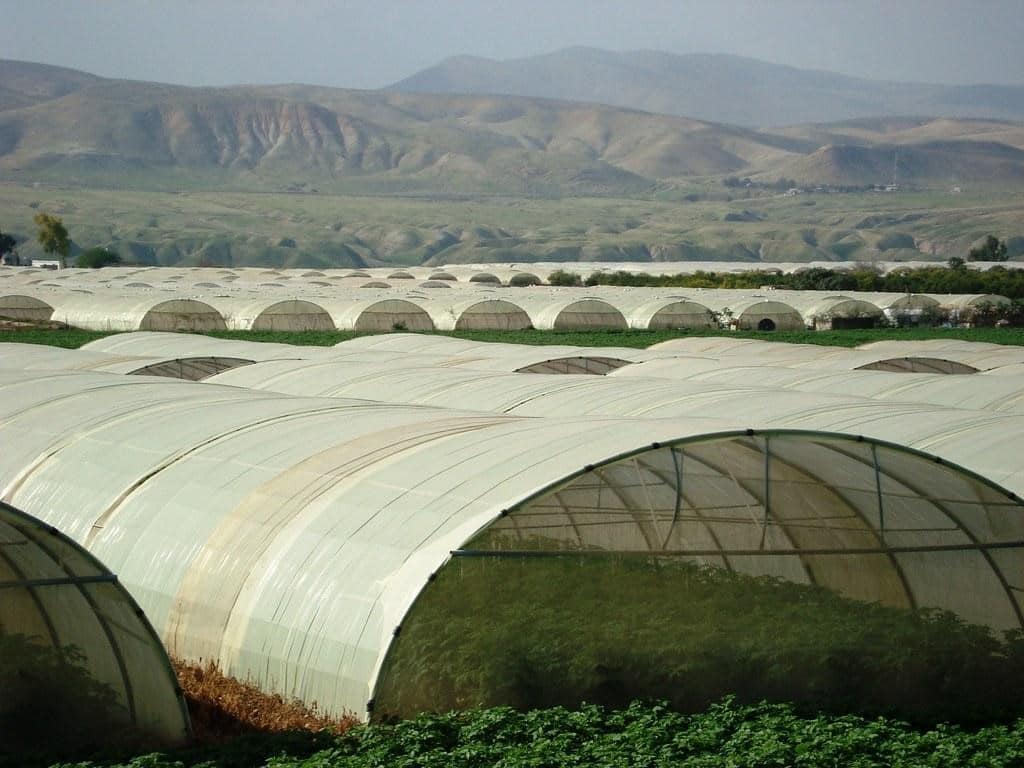The Middle East and North Africa has a long history of drought and climate vulnerability, but also of innovations in agriculture. Today, the region is particularly dependent on food imports, a high fraction of which come from Russia or Ukraine. The UN has linked the Arab Spring and Syrian conflict to drought, lending urgency to discussions of improving agriculture in the region.
At the end of March, the International Center for Agriculture Research in the Dry Areas (ICARDA) organized an online gathering to discuss what policymakers and scientists can do to ensure regional food security. The discussion (https://www.icarda.org/media/news/thought-provoking-discussion-icarda-fireside-chat-mena-climate-week) focused on how to help the region’s smallholder farmers grow more food in dry, vulnerable climates and surfaced insights into how research and innovation might help to revolutionize food security in the MENA region.
Identifying the issue
“This region, as we all know, is the region that imports most of its food, that has the highest dependence of food imports,” said Jean-Marc Faure, regional program leader at the United Nations Food and Agriculture Organization (FAO). “This is a region that cannot produce enough food for all its people, so definitely the issue of food and nutrition security is a very important one.” Faure recalled how this acute vulnerability came to the global spotlight during the 2008 and 2011 global food price crises.
Unfortunately, he added, the region’s vulnerability to external supply and price shocks has only grown worse since those crisis years as MENA’s population has risen. MENA agricultural production has expanded, as well, but not enough to offset rising demand. Meanwhile, Faure said he’s worried that the region has done too little or nothing to prepare itself for the unwelcome surprises likely to come from global warming. “The countries of the region really need to reflect about their whole agri-food system and what it means in terms of handling this and the next crisis,” he said during the panel discussion.
So, what might be done differently? Introducing technologies and farming techniques that can help remove weather variability from the equation.
Low-tech solutions for local production
Laila Kenawy, a program officer with the Embassy of Switzerland in Cairo, discussed a project she worked on whereby funds were allocated to help farmers install simple low-tech greenhouses and vertical growing systems. The systems were comparatively affordable, easy to train on and use, and relied on locally available materials to build, she said.
Kenawy described the smallholder ag experiment as surprisingly successful. “Farmers started producing more,” she said. “Productivity increased by 100-200% per area of land because they ultimately used varieties that are vertically grown as opposed to open agriculture where you have non-vertical production.” There were impressive economic and environmental benefits resulting from the experiment, as well, Kenawy added. “One of the interesting environmental effects was the decrease of water used—in other words, water productivity increased significantly.” She described how one farm managed to produce the same volume of cucumbers with 75% less water. Vertical farms are taking off in much of the developed world, with operations expanding in urban districts, but proponents argue there is no reason why the concept couldn’t equally succeed in rural developing world smallholder settings (https://www.growfurther.org/farming-in-the-sky-a-way-to-increase-smallholder-yields/).
Another potential solution offered was to help MENA agricultural systems identify and develop locally grown or abundantly available alternatives for crops that countries mainly import—the major culprit here being wheat. Amr el Mohr, an executive at Kellog Tolaram Noodles in Egypt, discussed the problems his company faced when wheat prices recently soared and supply crunches set in. Forced to cope, el Mohr said his company ultimately decided to experiment with new products that don’t use wheat at all. “We started to think of other alternatives, like cassava,” he said. “Any flour that is rich with fibers or protein that can serve as a component for noodles.”
The need for innovation
Participants noted that ensuring food security in the region will require innovation. For instance, Kenawy cautioned that the greenhouse systems she worked on weren’t perfect and are not suitable in every case. “Obviously, science must guide our choices,” Faure added.
The MENA region has been dealt with too many food security crises. But each crisis has also delivered an opportunity to learn. “We are learning our lessons from these situations,” Faure said. “From there, you can start building on a more resilient system.”
Several Grow Further supporters have experience with agricultural research in the region, mainly conducted in Israel but with applications to lower income economies in the region as well. As such, if we decide to work in the region we could source projects relatively quickly. We are also inspired by the way in which Israeli universities have engaged Jewish philanthropists around the world in support of scientific research.
— Grow Further
Photo credit: A vast greenhouse growing project in Jordan. Amelia Altz-Stamm, Water Alternatives.




